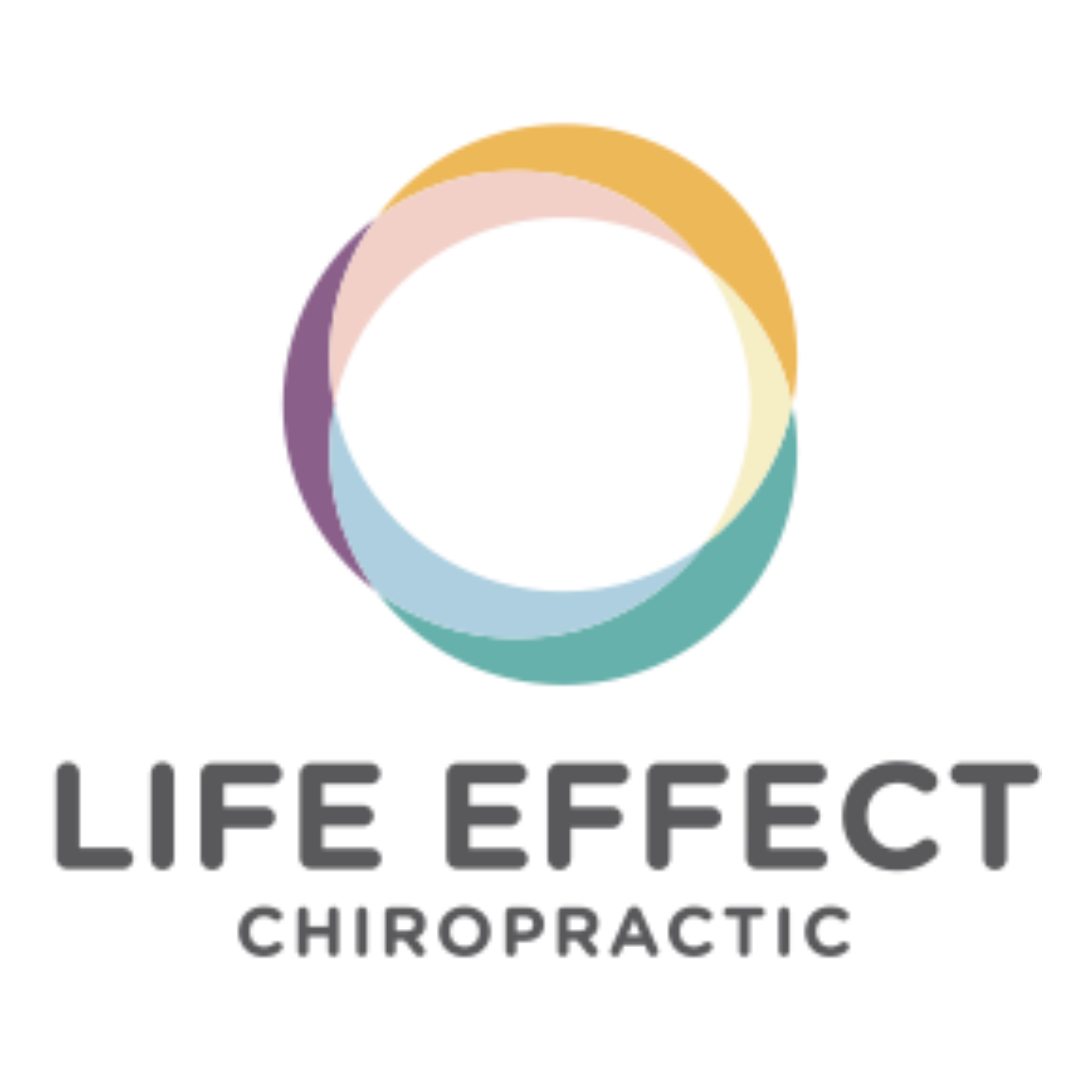What Causes Lower Back Pain?
Lower back pain is one of the most common reasons that people go to their GP or take time off work. Ranging from a dull ache to a sharp, shooting pain, back pain can come on suddenly or develop over time.
For those currently suffering from lower back pain, finding something that works and allows you to get back to what you enjoy doing is likely to be a priority. However, knowing what causes lower back pain can determine exactly which action will be best and also help to prevent it from happening again.
In this blog, we reveal the most common causes of lower back pain and highlight the type of pain you might be experiencing.
The Two Types of Back Pain
Whatever the cause of your back pain, it’s likely to be felt either as acute back pain or chronic pain.
Acute back pain is also known as short-term pain. It typically lasts for weeks maximum and can even go away on its own after a few days.
Chronic low back pain is pain that lasts for more than 12 weeks. This type occurs when acute back pain does not resolve. It is important to resolve spinal pain or problems before they become chronic.
The Most Common Causes of Lower Back Pain
There are many reasons why someone might experience back pain. Usually though, it’s because something in the back (the muscles, spine, discs and nerves) is damaged or irritated. The location of the pain does not always indicate the cause of the issue as in many cases pain comes from the body’s inability to properly compensate. Here are a few key reasons why people get back pain:
Congenital concerns
Genetics play a big part in the overall health of our bodies. Unfortunately, some people are born with skeletal irregularities like scoliosis, lordosis or kyphosis. These are all different anomalies of the spine and can result in pain. Spina bifida is another condition that can cause pain and is used to describe an underdeveloped spinal cord.
Injuries
Whether caused by sport, car accidents, a fall or general sprains and strains, the back can easily be injured. Usually in these instances, the tendons, ligaments and muscles can be pulled which can then cause issues within the spinal canal, nerve roots or herniated discs and ruptures. This trauma can then cause swelling, pain and redness. Compression fractures can also occur in very serious cases.
Degenerative problems
General wear and tear to our bodies is completely normal. In the back, degenerative disc disease is when the discs lose their soft cushioning ability and wear down as we age. The spine also goes through general degeneration, and conditions like arthritis can further irritate inflammation. As you get older, you may find that other joints also suffer from aches and pains.
Nerve and spinal cord issues
The condition of your nerves, soft tissue and spinal cord can also have an impact on your lower back. From herniated and ruptured discs to vertebrae infections, there are a range of factors that can cause back pain. Other health concerns that commonly cause back pain include spinal stenosis, osteoporosis, spinal nerve compression and sciatica – which is inflammation of the sciatic nerve.
Other medical conditions
Lower back pain isn’t always caused by an issue in the back though. Kidney stones, endometriosis, fibromyalgia and even pregnancy can result in aches and pains in the back, lower and upper body.
The Most common Back Pain Risk Factors
Anyone can experience back pain – even children. However, there are some factors that can increase your risk of getting back pain. This includes:
Age
Most people experience back pain for the first time between the ages of 30 and 50, but that’s not to say that you can’t get back pain outside of this age range. As we get older, our bones become more brittle and muscle elasticity also reduces which means back pain may become more prevalent.
The discs in our back also begin to lose flexibility and fluid, meaning there’s less cushion around the spine. Again, this means, the older you are, the more likely you are to feel some pain.
Fitness and diet
Back pain is more common in those people who aren’t active. This is because your spinal and abdominal muscles might not be strong enough to support your spine. If you’re suffering with back pain, try low impact exercises such as walking or yoga to build your spine up and alleviate any tension.
Being overweight means there is more pressure on your joints and back. This can lead to lower back pain. You may also find that you suffer from aches in the knees and ankles.
Lifestyle
Smoking affects blood flow around the body and can cause the discs in your back to degenerate at a quicker speed. This can put more pressure on the back. Other lifestyle choices such as your job (if it involves heavy lifting or sitting for long periods of time) and even how heavy your bags are can put strain on the back and cause muscle fatigue. The latter is commonly found in school children.
How Can Life Effect Help?
At Life Effect, our team of chiropractors are determined to help you to regain control of your life. We start every consultation by getting to know you, what you want from your treatment, your concerns and the things you want to get back to doing. Only then, will we come up with a care plan that keeps you at the centre.
Not only will we get to the root cause of your back pain and discuss appropriate pain relief but we can prevent back pain in the long-term too. To book your free consultation or to discuss how we could help you, simply get in touch with our team.
